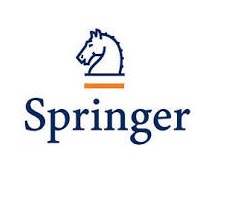5 Conclusions
In this paper we discussed the adjoint sensitivity analysis and optimization for nonlinear dynamic systems coupled with nonlinear fluid viscous dampers. The dampers are modeled with the Maxwell’s model for visco-elasticity. It is thus possible to account for the stiffening and damping contributions of the device. The systems are subject to transient excitations, and their response is calculated with the Newmark-β method. In particular, the equilibrium in each time-step is iteratively achieved by means of the Newton-Raphson and Runge-Kutta methods. The heart of the discussion of this paper focuses on the adjoint sensitivity analysis of these systems, and its application to two different design cases. The sensitivity of a generic response function is in fact consistently calculated with detail through the discretize-then-differentiate version of the adjoint variable method. The generic framework is then applied to the optimization-based design of an added damping system for seismic retrofitting, and to the optimization-based design of a quarter-car suspension system. Both applications show the importance of the adjoint sensitivity analysis discussed herein in the context of optimization-based design of hysteretic dynamic systems with nonlinear viscous dampers. The results presented could be extended and applied to different design cases, where we expect the methodology discussed here to promote the use of computationally efficient design procedures based on optimization.








